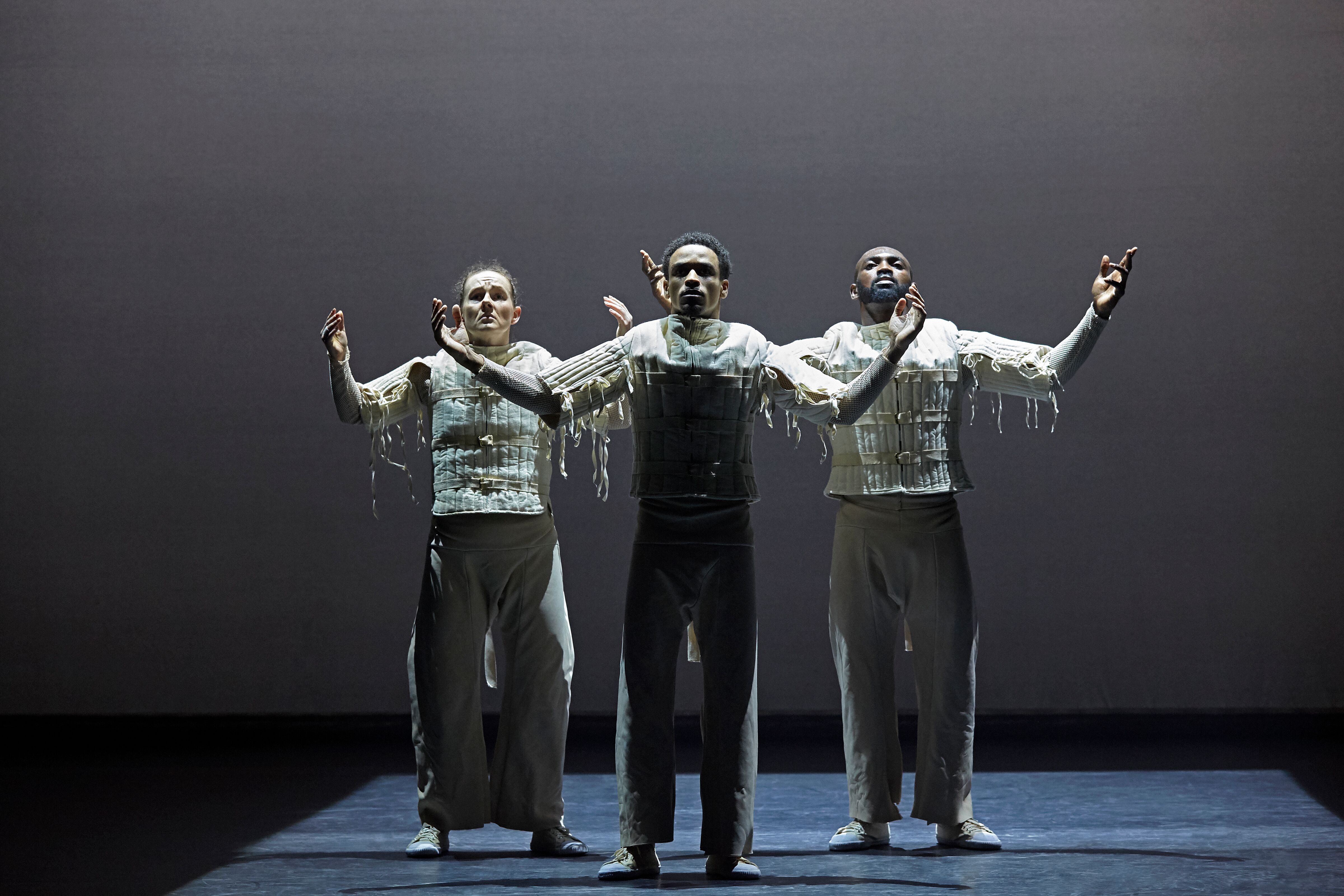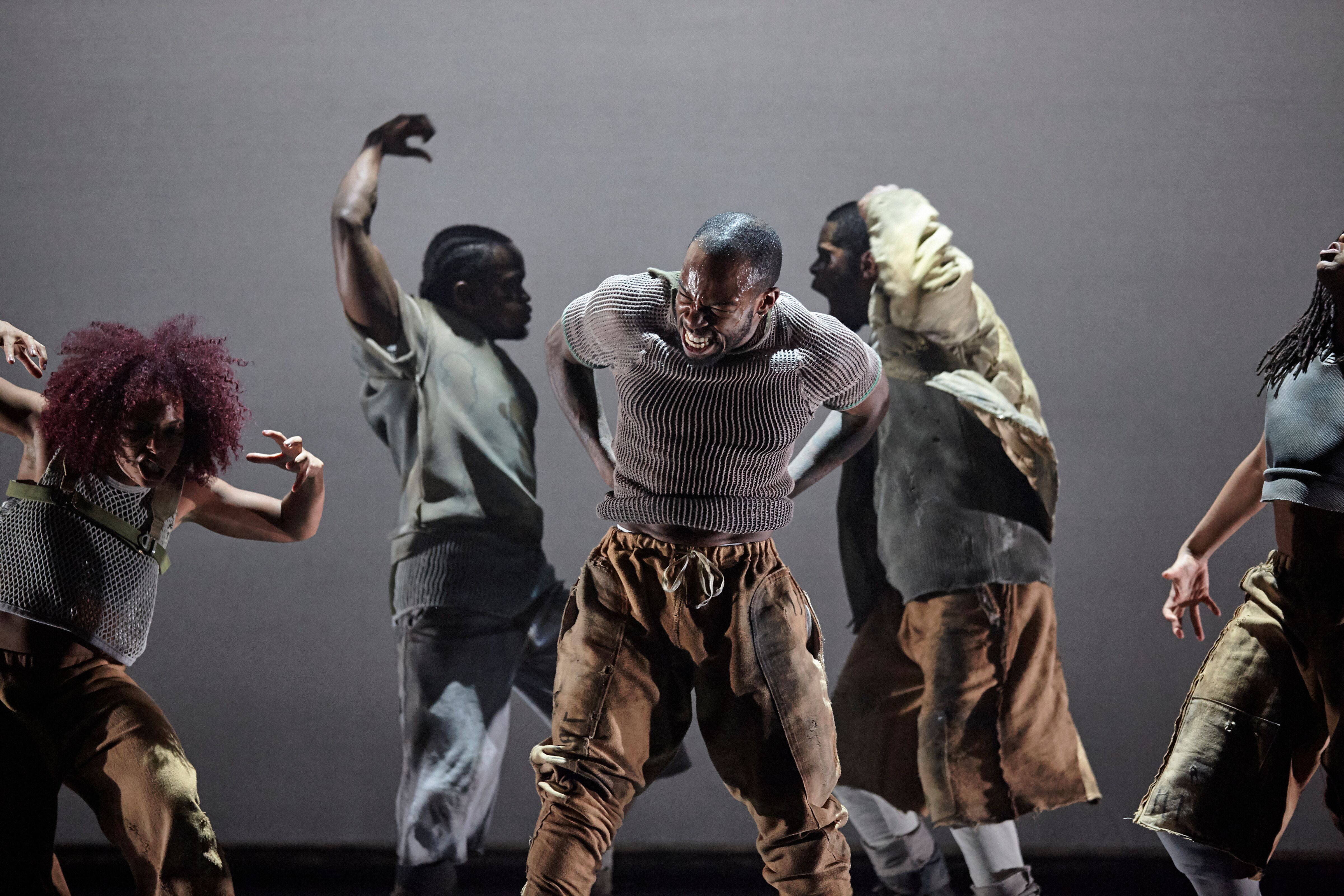Our conversation starts with a journey. From an primary school in England, to the North of Ghana, down to the south and the region of the Ga, and finally to north-eastern Africa, following the twisted path of the Nile. Speaking to Michael ‘Mikey J’ Asante he tells me how a conversation about food with his father escalated into the electric celebration that is Blak Whyte Gray.
Mikey is the composer and co-artistic director of Boy Blue Entertainment, along with his long-time friend and collaborator Kendrick ‘H2O’ Sandy, MBE. As Boy Blue they have created works aimed to elevate and invigorate the hip-hop art form. Blak Whyte Gray has been nominated for Best New Dance Production at the 2017 Oliviers, and The Guardian have described Asante’s score as ‘shuddering’ and ‘electric’.
The process of creating the show started like an exhibition, Mikey tells me. “I gave them the vision I had and everyone took it and ran with it. It was organic.” According to Mikey this is how it works at Boy Blue – a collaborative effort. “The main creative direction comes from whoever has the ideas – we let them run with it.” This ethos of sharing and exchange seems to be key to both the production and the company itself.
Though Mikey’s work at Boy Blue is mainly focussed on music production, his ideas were taken and developed by every department. He explains creating mood boards for everything from soundscapes to costumes, and describes the process of intensive research. The music, especially, came from “a lot of sampling, creating a palette of sound”. In everything from the costumes to the choreography, this layering can be found. Throughout it seems as though dancers are about to shake free of the layers which cover them.

What, I ask, is the significance of restraint and identity to the show? And how do these themes interact?
My question is answered with several in return: “What are you being told, and what are you questioning about what you’re being told? What is the process of questioning? Is it a struggle? Is it something you’re able to do? How clear are you on your identity and what you think?” These are the questions Boy Blue want to make you ask, and possibly even help you answer. Certainly the journey for Mikey has been one of self-discovery and questioning.
When I ask what hip-hop gives to the show, his passion for the art form shines through. “It requires you,” He explains, “more than anything else, foundation is key, energy is key, authenticity is key. Hip-hop isn’t focused on rules and regulations – it’s about personal, lived experience.” He goes on, “Take the name: hip-hop. Hip; current, knowledgeable, now. Hop; a movement. Its always trying to find itself, and without that young, current energy, it doesn’t exist. Hip-hop is the vehicle we can use to discuss the now.”
Boy Blue’s production certainly touches a nerve. The show is a live wire, and its startling energy and stunning choreography will leave you breathless.
Catch it at the Brighton Dome March 7.

